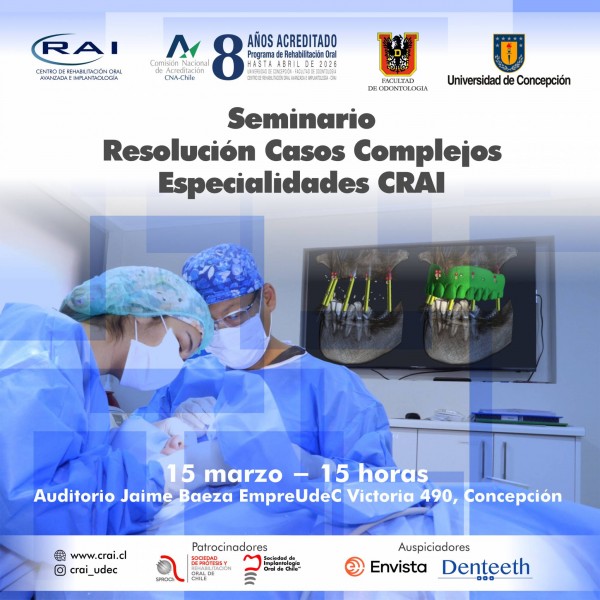Jerarquización de la evidencia. Niveles de evidencia y grados de recomendación de uso actual.
Revista Chilena de Infectologíal 2014; 31(6):705-718. ISI
C Manterola , C Asenjo-Lobos, T Otzen
ABSTRACT:
There are multiple proposals and classifications that hierarchize evidence, which may confuse those who are dedicated to generate it both in health technology assessments, as for the development of clinical guidelines, etc. The aim of this manuscript is to describe the most commonly used classifications of levels of evidence and grades of recommendation, analyzing their main differences and applications so that the user can choose the one that better suits your needs and take this health decisions basing their practice on the best available evidence. A systematic literature search was performed in PubMed and MEDLINE databases and in Google, Yahoo and Ixquick search engines. A wealth of information concerning levels of evidence and degrees recommendation was obtained. It was summarized the information of the 11 proposals more currently used (CTFPHC, Sackett, USPSTF, CEBM, GRADE, SIGN, NICE, NHMRC, PCCRP, ADA y ACCF/AHA), between which it emphasizes the GRADE WORKING GROUP, incorporated by around 90 national and international organizations such as the World Health Organization, The Cochrane Library, American College of Physicians, American Thoracic Society, UpToDate, etc.; and locally by the Ministry of Health to create clinical practice guidelines.
Characteristics of randomized trials published in Latin America and the Caribbean according to funding source
PLoS One. 2013;8(2) ISI
Reveiz L, Sangalang S, Glujovsky D, Pinzon CE, Asenjo Lobos C, Cortes M, Cañón M, Bardach A, Bonfill X. .




